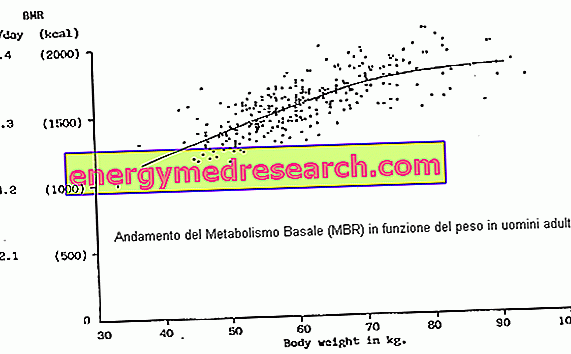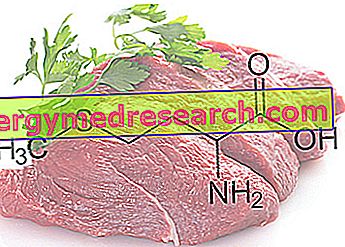Definition
Polymyalgia rheumatica is an inflammatory disease that affects the muscles. Generally, it starts from the neck, shoulders and hips and - if not properly treated - also spreads to the rest of the body. This pathology greatly affects the quality of life of patients who are affected, as it can also hinder the performance of the most common daily activities.
Usually, the disease is triggered in individuals over 50-60 years of age.
Causes
The exact causes that trigger the polymyalgia rheumatica have not yet been fully clarified, but it seems that at the basis of the onset of the disease there are both genetic factors that predispose individuals to getting sick, and environmental factors (for example, it was noted that in some individuals the polymyalgia rheumatica develops following viral or bacterial infections).
Symptoms
The first symptoms given by polymyalgia rheumatica are pain and stiffness in the muscles of the neck, shoulders and hips, which prevent patients from performing even the simplest activities, such as getting out of bed in the morning.
Other symptoms that can occur are fever, night sweats, anorexia and weight loss.
Diet
Information on Polymyalgia Rheumatica - Drugs and Care is not intended to replace the direct relationship between health professional and patient. Always consult your doctor and / or specialist before taking Polymyalgia Reumatica - Drugs and Care.
drugs
The first-line drugs that are used in the treatment of polymyalgia rheumatica are corticosteroids. If necessary, the doctor may also decide to administer methotrexate concurrently with the latter.
Furthermore, in association with pharmacological treatment, it is recommended that patients follow a healthy lifestyle, practicing regular physical activity and adopting a balanced diet accompanied by vitamin supplementation.
However, despite these therapeutic strategies, the healing time for polymyalgia rheumatica is quite long and can last up to one or two years.

Corticosteroids
As mentioned, corticosteroids are used as first choice drugs in the treatment of polymyalgia rheumatica, by virtue of their powerful anti-inflammatory action. However, they must be used with caution and patients must be constantly monitored for the duration of the therapy, due to the side effects they may cause.
- Prednisolone (Sintredius ®): prednisolone is the corticosteroid most used in the treatment of polymyalgia rheumatica. The dose of drug usually used is 10-30 mg a day, to be taken orally. However, the exact drug dosage must be established by the doctor on an individual basis.
- Methylprednisolone (Urbason ®, Medrol ®, Solu-Medrol ®): when administered orally, the dose of methylprednisolone used can range from 4 mg to 48 mg a day. However, the initial amount of drug to be administered and the optimal maintenance dose for each patient must be established by the doctor.
- Prednisone (Deltacortene ®): the dose of prednisone usually administered orally is 10-15 mg a day. Also in this case, the exact dosage of the drug will have to be established by the doctor on an individual basis for each patient.
Methotrexate
In some cases, the doctor may consider it necessary to institute methotrexate therapy concomitantly with corticosteroid treatment. Methotrexate, in fact, reduces the action of the immune system and - consequently - helps to decrease the inflammatory state that characterizes the polymyalgia rheumatica. This allows a lower amount of corticosteroids to be administered.
Methotrexate (Reumaflex ®) is available for intramuscular, subcutaneous or intravenous administration and should only be administered by a doctor or a specialist. The dose usually used is 50 mg of drug per week.



